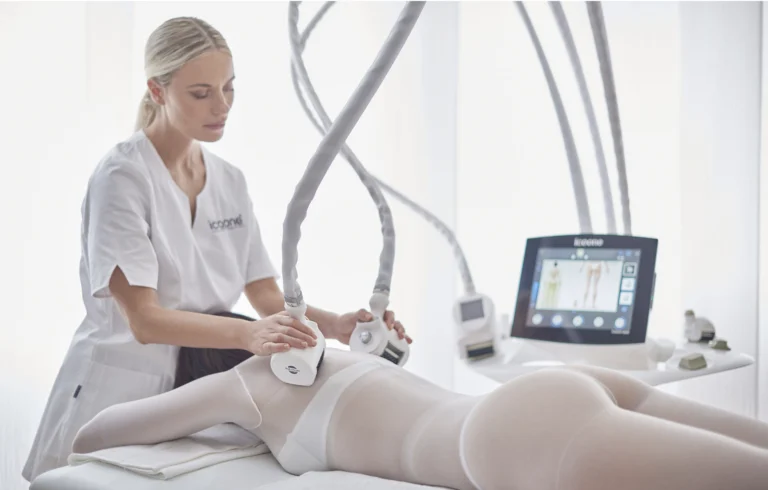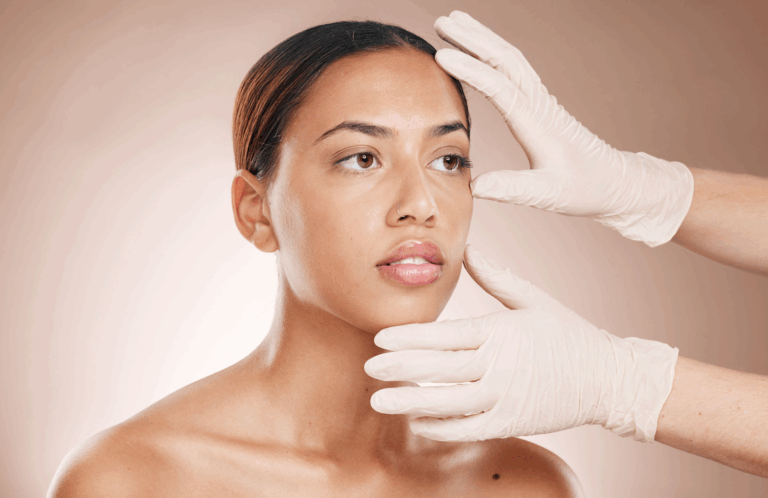In recent years, lip fillers have exploded in popularity as a cosmetic treatment to achieve fuller, plumper lips. The procedure involves injecting dermal filler products like Juvederm or Restylane into the lips and their surrounding area. If you’ve been thinking about enhancing your pout with fillers, there are some important facts, benefits, risks, and tips you should know first before booking an appointment. Globally lip filler consumption has witnessed a growth rate of 3.1% over the historical period of 2014 to 2021. This comprehensive guide will walk you through everything you need to understand about the process, from how fillers work to what to expect during and after lip fillers treatment.
What Exactly Are Lip Fillers and How Do They Work?
Lip filler injections are a popular cosmetic treatment used to add volume and fullness to the lips. The most common type of lip filler contains hyaluronic acid, which is a naturally occurring substance found in the body. Hyaluronic acid lip fillers are considered safe with minimal side effects when used properly. Another type of lip filler material are calcium hydroxylapatite which is a mineral and major component of the bone and Poly-L-lactic acid which is a biodegradable and synthetic material.
The hyaluronic acid used in lip fillers is stabilized and crosslinked in a lab to control degradation. This allows it to remain in the lips anywhere from 6 months to 2 years. Over time, the hyaluronic acid is gradually absorbed by the body. Clinical studies have found hyaluronic acid lip fillers to be biocompatible with low allergenic potential. Minimal risks include temporary swelling, redness, bruising, tenderness, and lumpiness at the injection site.
The procedure for injecting lip filler is minimally invasive. A dermatologist or plastic surgeon will first apply a topical anesthetic cream to numb the lips. Then, small amounts of the filler are carefully injected in specific areas of the lips using a very fine needle. The amount used depends on the desired look and anatomy of the individual. Most patients require 1-2 syringes for optimal results.
While considered very safe, it’s important to have lip fillers injected by an experienced provider. They will assess your facial anatomy and desires to determine the most appropriate filler amounts and injection methods. Be sure to discuss your complete medical history to rule out any potential contraindications. When properly injected and cared for, hyaluronic acid lip fillers can give lips a plump, youthful appearance with minimal downtime or complications.
History And Interesting Facts About Lip Fillers
The use of fillers for lip augmentation dates back over a century. In the late 19th century, surgeons experimented with paraffin wax injections, but the results were disastrous, leading to disfiguration and granulomas. By the 1960s, collagen injections became popular, but results only lasted a few months.
It wasn’t until the 1980s that longer lasting fillers were developed. The first hyaluronic acid filler, Hylaform, was approved in 1996. By the 2000s, advanced hyaluronic acid fillers like Juvederm and Restylane were widely adopted for their safety and longevity. These modern fillers can last 6-12 months on average.
Some interesting facts about lip fillers:
- The ideal lip shape has changed over time. In the 1990s, thin lips were desirable. But fuller, more voluptuous lips came into fashion in the 2000s thanks to celebrities like Angelina Jolie.
- Lip filler procedures soared in popularity in the 2010s by over 200%. Kylie Jenner helped kickstart the trend.
- Skilled injectors sculpt the “lip frame” by injecting along vermillion borders and cupid’s bow for a more defined shape.
- Lip fillers require expertise to avoid complications like lumps or asymmetry. Poor injections can cause granulomas, ulcers, and even blindness in rare cases.
What Are the Benefits of Getting Lip Fillers?
There are a number of aesthetic benefits to be gained from plumping up thin lips with filler:
- Lips appear much fuller and defined in shape. Subtle injection into the Cupid’s bow, edges, and body of the lips reshapes them.
- Wrinkles and fine lines such as the smoker’s lines around the mouth are smoothed away. Fillers add hydration and plump out creases.
- If one lip is thinner than the other, symmetry can be achieved with more filler on the smaller side.
- The skin of the lips and the area around the mouth look refreshed and rejuvenated.
- Dry, chapped lips transform into softer and hydrated feeling lips.
- Many patients experience a surge of self-confidence when their lips look lush and youthful.
As you consider making an appointment with a beauty treatment clinic for lip augmentation with filler, be sure you are doing it for yourself and your own happiness with your appearance rather than succumbing to social pressure. The results should feel comfortable for your personal taste.
What Are the Potential Risks and Side Effects?
Dermal filler injections are considered very low-risk thanks to the non-toxic properties of hyaluronic acid. Still, it’s important to be aware of the possible side effects before proceeding:
- Swelling, bruising, redness, and tenderness around the lips for 1-2 days after injections.
- Occasional minor bleeding from the injection site.
- Rare but possible allergic reaction. To avoid serious reactions, let your provider know about any allergies you have.
- Lumps or bumps under the skin if the filler is not properly spread evenly. Choose an experienced injector.
- Cold sore breakouts in those prone to them. Taking antiviral medication prior to treatment can help prevent outbreaks.
- Uneven-looking results if more filler is used on one side compared to the other. Communicate your desired outcome clearly.
- Potential future difficulty getting certain lab tests like MRI scans due to filler particles.
With an expert provider working slowly and carefully, these side effects are unlikely. Still, weigh the low risks against the aesthetic rewards lip fillers may provide.
How to Choose the Right Provider for Lip Fillers?
One of the most crucial steps is selecting an experienced, reputable specialist certified in dermal filler administration. Because lips are a sensitive part of the face prone to blood vessels and nerves, you want someone highly qualified. Avoid “bargain” lip injection deals from unqualified people. Here is how to vet potential specialists:
- Board-certified dermatologist, plastic surgeon, or cosmetic facial surgeon.
- Check impressive before/after photos of their lip work.
- Read reviews from past patients.
- Meet for a consultation to judge bedside manner, aesthetic style, and clinic ambiance.
- Ask to see their portfolio of lip injections to evaluate the quality of outcomes.
- Ensure they are taking time to understand your desired results.
- Make sure they have an emergency plan in case of unlikely complications.
What Does the Lip Fillers Process Involve?
The appointment itself is relatively quick and uncomplicated. Here is a step-by-step overview:
- Arrive with clean skin to prepare the area for injections.
- Numbing cream is applied for 15-30 minutes so the procedure is comfortable.
- The specialist will strategically inject tiny amounts of filler along parts of the lip using an ultra-fine needle.
- There may be some burning or stinging that subsides after a couple of hours once the numbness wears off.
- Right after injections, lips will be noticeably fuller, though still swollen.
- Some moderate swelling, tenderness, or redness is normal for 2-3 days following injections.
- Initial results will be visible within 2 weeks after the swelling fully resolves.
- Follow up 4 weeks later for assessment and any touch-ups needed.
- Effects of lip enhancement last approximately 6-12 months before the filler is absorbed and repeat treatment is required.
By thoroughly researching experienced specialists in your area and following proper aftercare, lip augmentation with dermal filler can provide beautiful, plump lips with minimal downtime or side effects. Take time to understand all aspects of this increasingly popular procedure before taking the next step and booking your appointment.









